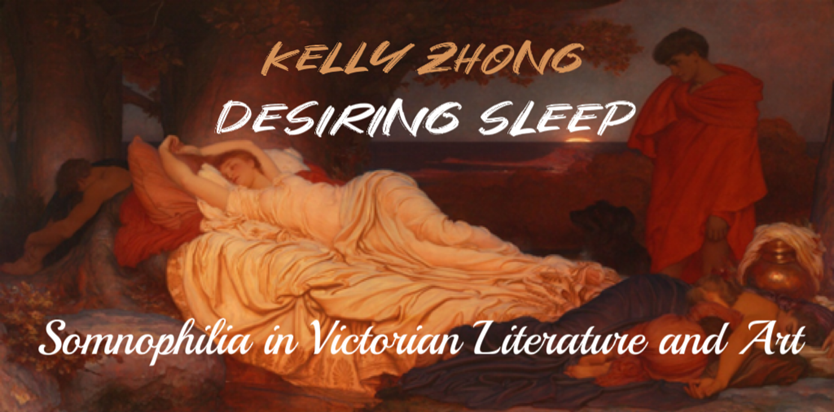
10:30am-11:00am on Wednesday 26 March
Faculty of English, 9 West Road, CB3 9DP
Erotic desire for the ‘sleeping beauty’ pervades nineteenth-century literature and art. The voyeuristic gaze often positions the sleeper as passive and vulnerable, framing somnolence as a metaphor for feminine submission. Yet this study argues against the simplistic readings of sleep as mere passivity. While psychologists struggle to explain this enigmatic fetish for the sleeping body, which they named ‘somnophilia’, poems like Keats’s The Eve of St. Agnes, Swinburne’s Love and Sleep, and Christina Rossetti’s The Prince’s Progress uncover complex layers of desires in sleep-watching. Through reexamining how traditional gendered portrayals of unconsciousness are complicated by female-authored texts, this research interprets sleep as an inner sanctuary of the mind that shields off the vagaries and violence of the desiring observer. This paper also explores how the revival of medieval mysticism and religious devotion within the circle of Pre-Raphaelite Brotherhood reconstructs sleep as a dissolution of the self and spiritual transcendence. Ultimately, the enchantment of sleep lies not in the power imbalance in scopophilic behaviors, but in the submersion into the depths of the unconscious, in the paradoxical desires it evokes, and in the intoxicating cosmic oneness felt through self-effacement.

